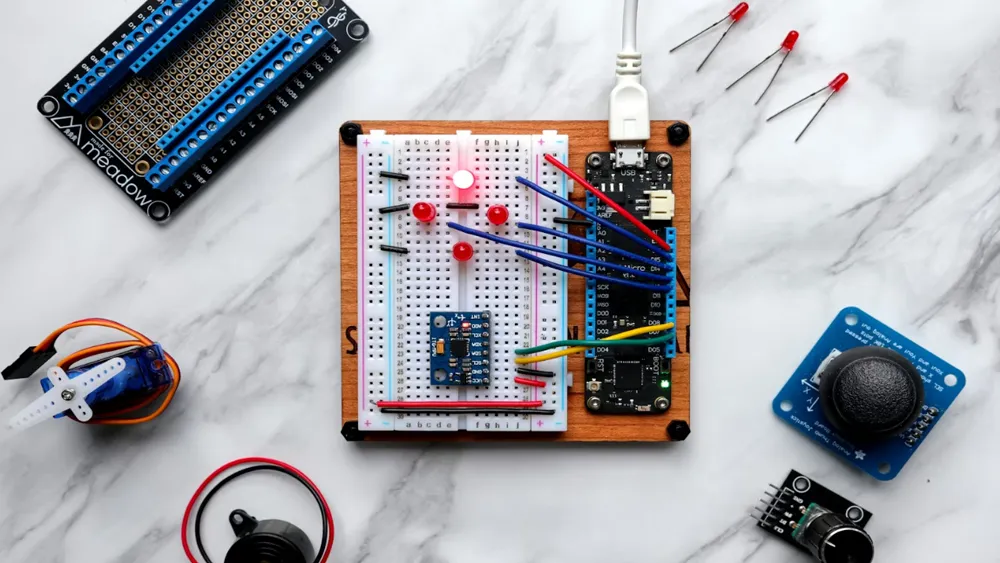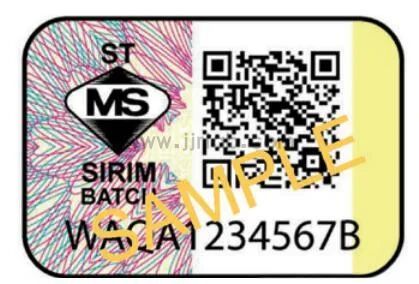
Radiation-Safe SAR Testing Laboratory
Recently, Lei Jun showcased sar testing equipment worth 5 million yuan, designed to simULate human tissue and test the actual radiation absorption of 5G, Wi-Fi, and Bluetooth signals from phones. The use of simulated human tissue fluid and high-precision probes ensures testing accuracy.
SAR, or Specific Absorption Rate, refers to the rate at which electromagnetic wave energy is absorbed by mobile phones or wireless products. Since various organs in the body are conductive media, magnetic fields within the human body generate currents, leading to the absorption and loss of electromagnetic energy. In the wireless communication field, SAR is commonly used to evaluate the radiation levels of devices like mobile phones on the human body. A lower SAR value indicates less radiation absorbed by the body.
Typically, you can find a statement in the phone’s manual or settings certification information saying: "The maximum Specific Absorption Rate (SAR) value of the product is ××," where the value is no greater than 2.0W/kg.
sar testing consists of a SAR measurement system, which includes a human model, measuring instruments, probes, and a robotic arm. The system simulates the exposure of the human body to radiation and assesses the impact of the radio frequencies emitted by electronic devices. The human model contains a liquid (simulating human tissue fluid) with electromagnetic properties similar to those of human tissues. The probe can freely move inside the model to perform tests.
During the testing process, wireless communication products like phones are set to the working frequency to be tested and operate at maximum transmission power. The test software controls the robotic arm with the mounted probe to scan the sample's electric field strength across a plane or space, and the final SAR value is calculated based on the results and real-world conditions.
Products with antennas less than 20 cm from the human body and wireless transmission power above the SAR exemption power threshold require SAR testing. In addition to phones, common products include walkie-talkies, tablets, laptops, POS machines, etc.
Regions: China
Limit: 2.0W/kg
Averaged Mass: 10g
Test Standards: YD/T 1644 / GB 28446 / GB 21288
Regions: EU (CE)
Limit: 2.0W/kg
Averaged Mass: 10g
Test Standards: EN50360 / EN62209 / EN62311 / EN50566
Regions: North America (FCC)
Limit: 1.6W/kg
Averaged Mass: 1g
Test Standards: ANSI C95.1 / IEEE1528 / 47 CFR 2.1093 / Reference KDB files, TCB files
Regions: Canada (IC)
Limit: 1.6W/kg
Averaged Mass: 1g
Test Standards: IEEE 62209-1528 / RSS-102
Regions: India
Limit: 1.6W/kg
Averaged Mass: 1g
Test Standards: ANSI C95.1 / IEEE1528 / 47 CFR 2.1093 / Reference KDB files, TCB files
Regions: Thailand
Limit: 2.0W/kg
Averaged Mass: 10g
Test Standards: EN50360 / EN62209 / EN62311 / EN50566
SAR Testing Standards and Limit Requirements in Certain Countries
With the widespread global application of 5G, various 5G terminals, including smartphones, modules, and CPEs, have been launched. SAR testing is a necessary step in the development and production of mobile terminal products. During product development, a series of tests help manufacturers identify defects and issues in product design. During production, testing can detect defective products, preventing faulty products from being deliveRED to customers.
JJR’s SAR Laboratory
To meet the needs of many wireless communication manufacturers, JJR has established professional sar testing laboratories in Guangzhou and Shenzhen. These labs are equipped with multiple SAR testing systems from different brands and models and have been accredited by CNAS, CNA, A2LA, among others. JJR's SAR labs cover a wide range of frequencies and can provide SAR testing and certification services for various wireless products according to standards from regions such as the EU, North America, Australia, and India.
Email:hello@jjrlab.com
Write your message here and send it to us
 SIRIM Certification for Battery Exports to Malaysi
SIRIM Certification for Battery Exports to Malaysi
 ANATEL Certification for Power Banks and Phone Bat
ANATEL Certification for Power Banks and Phone Bat
 Products Subject to Mandatory ANATEL Certification
Products Subject to Mandatory ANATEL Certification
 LFGB Test Requirements
LFGB Test Requirements
 RF Test Report for LTE Band 4G/5G NR Products in T
RF Test Report for LTE Band 4G/5G NR Products in T
 SIRIM and MEPS Certification for Fans in Malaysia
SIRIM and MEPS Certification for Fans in Malaysia
 U.S. CPSC Water Bead Toy Compliance Requirements!
U.S. CPSC Water Bead Toy Compliance Requirements!
 Food Contact Materials (FCM) Regulation
Food Contact Materials (FCM) Regulation
Leave us a message
24-hour online customer service at any time to respond, so that you worry!




